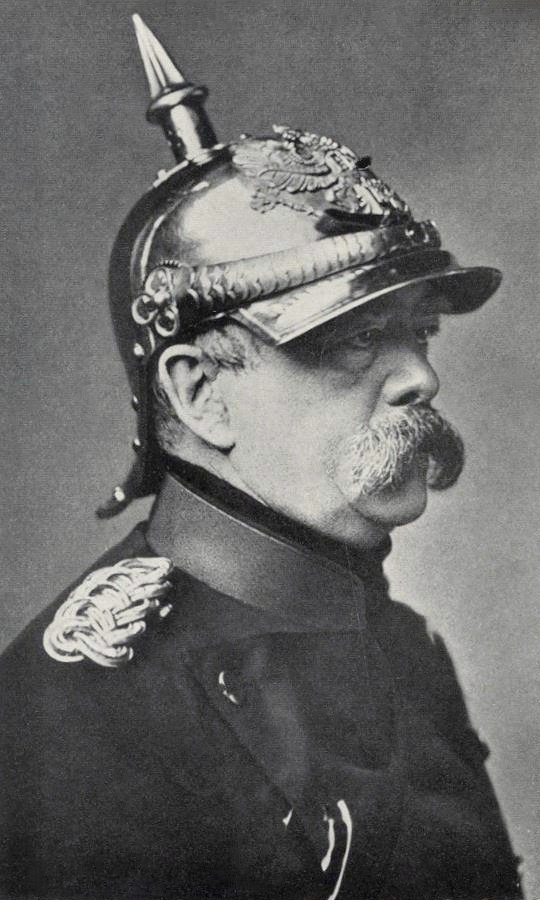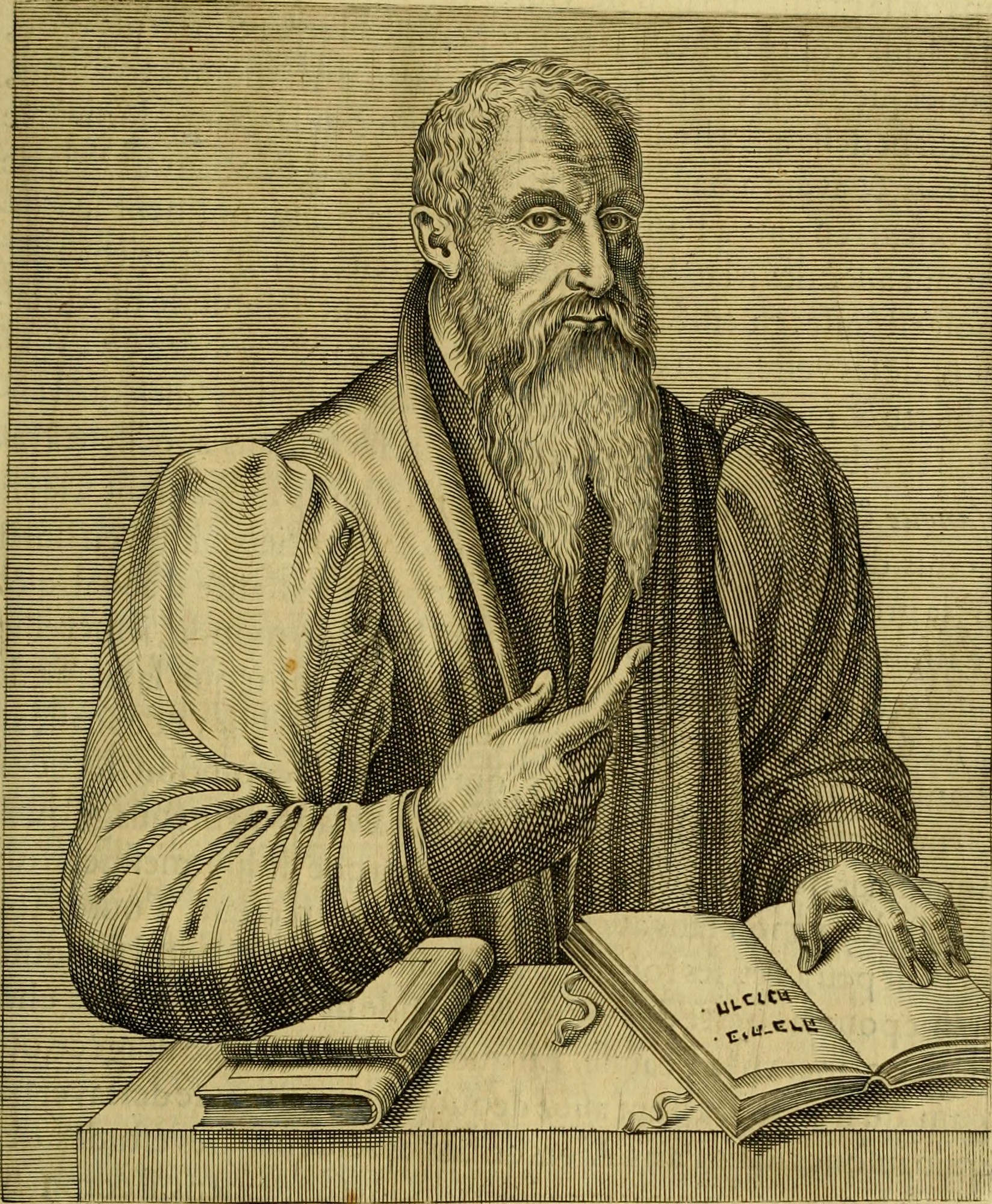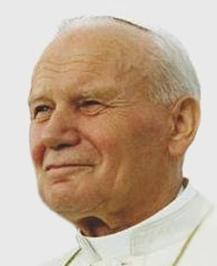|
Émile-Jules Grillot De Givry
Émile Jules Grillot called Émile-Jules Grillot de Givry (or Émile-Angelo Grillot de Givry) (5 August 1874 in Paris – 16 February 1929 in Paris) was a French Catholic man of letters and occultist and pacifist, translator into French of numerous alchemical works including those of Paracelsus. He may have been a Freemason Biography Son of Claude Grillot and Marie Louise Adenot he studied in Paris with the Jesuits of the Rue de Vaugirard. He studied music and oriental languages before becoming interested in Christian hermeticism. Working as a music teacher, he married Virginie Doco on 2 September 1905. He also made a living teaching French and, between 1910 and 1920, as an organist in a Parisian church. He came into contact with Parisian occult circles, with figures such as Stanislas de Guaita, Gérard Encausse and Péladan, soon becoming, although young, one of the most famous and respected Hermetic scholars. Works It would be on reading "Là -bas" by Joris-Karl Huysmans ... [...More Info...] [...Related Items...] OR: [Wikipedia] [Google] [Baidu] |
Occultist
The occult () is a category of esoteric or supernatural beliefs and practices which generally fall outside the scope of organized religion and science, encompassing phenomena involving a 'hidden' or 'secret' agency, such as magic and mysticism. It can also refer to paranormal ideas such as extra-sensory perception and parapsychology. The term occult sciences was used in 16th-century Europe to refer to astrology, alchemy, and natural magic. The term occultism emerged in 19th-century France, among figures such as Antoine Court de Gébelin. It came to be associated with various French esoteric groups connected to Éliphas Lévi and Papus, and in 1875 was introduced into the English language by the esotericist Helena Blavatsky. Throughout the 20th century, the term 'occult' was used idiosyncratically by a range of different authors. By the 21st century the term 'occultism' was commonly employed –including by academic scholars in the field of Western esotericism studie ... [...More Info...] [...Related Items...] OR: [Wikipedia] [Google] [Baidu] |
Rite Of Memphis-Misraim
The Ancient and Primitive Rite of Memphis-Misraïm is a masonic rite combining Western esotericism, esoteric spirituality with humanitarian ideals. Created in Naples in September 1881, it emerged from the fusion of two distinct masonic systems: the Rite of Mizraim, Misraïm, established in Venice in the late 18th century and brought to France in 1814 by the Bédarride brothers, and the Rite of Memphis, Egypt, Memphis, founded by Jacques-Étienne Marconis de Nègre in 1838. The rite is commonly known as "Egyptian Freemasonry" due to its extensive use of Hermeticism, hermetic philosophy and Ancient Egyptian symbolism in its degree system and rituals. Initially led by Giuseppe Garibaldi, the military leader of Italian unification, as its first Grand Hierophant, the rite developed an international presence under subsequent leaders including John Yarker (1902–1913) and Theodor Reuss (1913–1923). While centralized international governance ceased after Reuss's death, national orga ... [...More Info...] [...Related Items...] OR: [Wikipedia] [Google] [Baidu] |
John Dee
John Dee (13 July 1527 – 1608 or 1609) was an English mathematician, astronomer, teacher, astrologer, occultist, and alchemist. He was the court astronomer for, and advisor to, Elizabeth I, and spent much of his time on alchemy, divination, and Hermetic philosophy. As an antiquarian, he had one of the largest libraries in England at the time. As a political advisor, he advocated the foundation of English colonies in the New World to form a "British Empire", a term he is credited with coining. Dee eventually left Elizabeth's service and went on a quest for additional knowledge in the deeper realms of the occult and supernatural. He aligned himself with several individuals who may have been charlatans, travelled through Europe, and was accused of spying for the English Crown. Upon his return to England, he found his home and library vandalised. He eventually returned to the Queen's service, but was turned away when she was succeeded by James I. He died in poverty in London ... [...More Info...] [...Related Items...] OR: [Wikipedia] [Google] [Baidu] |
Monas Hieroglyphica
''Monas Hieroglyphica'' (or ''The Hieroglyphic Monad'') is a book by John Dee, the Elizabethan magus and court astrologer of Elizabeth I of England, published in Antwerp in 1564. It is an exposition of the meaning of an esoteric symbol that he invented. Dee's ''Monas Hieroglyphica'' presents a complex emblem constructed from various astrological symbols, with elements of Latin wordplay, capitalization, spacing, and diacritics, rendering its interpretation challenging. The symbol is intended to embody a profound concept, representing the unity of all creation influenced by celestial forces. Dee believed that this symbol contained the essence of alchemical transformation and spiritual evolution, and by meditating upon it, he aimed to access hidden knowledge transcending linguistic barriers. In merging astrology, alchemy, mysticism, and metaphysics, the Hieroglyphic Monad serves as a visual manifestation of Dee's interconnected worldview. Content Understanding the text is difficult ... [...More Info...] [...Related Items...] OR: [Wikipedia] [Google] [Baidu] |
First World War
World War I or the First World War (28 July 1914 – 11 November 1918), also known as the Great War, was a World war, global conflict between two coalitions: the Allies of World War I, Allies (or Entente) and the Central Powers. Fighting took place mainly in European theatre of World War I, Europe and the Middle Eastern theatre of World War I, Middle East, as well as in parts of African theatre of World War I, Africa and the Asian and Pacific theatre of World War I, Asia-Pacific, and in Europe was characterised by trench warfare; the widespread use of Artillery of World War I, artillery, machine guns, and Chemical weapons in World War I, chemical weapons (gas); and the introductions of Tanks in World War I, tanks and Aviation in World War I, aircraft. World War I was one of the List of wars by death toll, deadliest conflicts in history, resulting in an estimated World War I casualties, 10 million military dead and more than 20 million wounded, plus some 10 million civilian de ... [...More Info...] [...Related Items...] OR: [Wikipedia] [Google] [Baidu] |
Militarism
Militarism is the belief or the desire of a government or a people that a state should maintain a strong military capability and to use it aggressively to expand national interests and/or values. It may also imply the glorification of the military and of the ideals of a professional military class and the "predominance of the armed forces in the administration or policy of the state" (see also: stratocracy and military junta). Militarism has been a significant element of the Imperialism, imperialist or Expansionism, expansionist ideologies of many nations throughout history. Notable ancient examples include the Assyria, Assyrian Empire, the Greek city state of Sparta, the Roman Empire, the Aztec nation, and the Mongol Empire. Examples from modern times include the Ottoman Empire, the Kingdom of Prussia/German Empire/Nazi Germany, the British Empire, the House of Habsburg, Habsburg monarchy, the First French Empire, the Zulu Kingdom, the Empire of Japan, the Fascist Italy, Kingd ... [...More Info...] [...Related Items...] OR: [Wikipedia] [Google] [Baidu] |
Savonarola
Savonarola is an Italian surname. Notable people with the surname include: * Girolamo Savonarola (1452–1498), Italian Dominican friar and reformer * Michele Savonarola (1385–), Italian physician, humanist and historian {{Surname, 2=Italian-language surnames Italian-language surnames ... [...More Info...] [...Related Items...] OR: [Wikipedia] [Google] [Baidu] |
Guillaume Postel
Guillaume Postel (25 March 1510 – 6 September 1581) was a French linguist, Orientalist, astronomer, Christian Kabbalist, diplomat, polyglot, professor, religious universalist, and writer. Born in the village of Barenton in Normandy, Postel made his way to Paris to further his education. While studying at the Collège Sainte-Barbe, he became acquainted with Ignatius of Loyola and many of the men who would become the founders of the Society of Jesus, retaining a lifelong affiliation with them. He entered Rome in the novitiate of the Jesuits in March 1544, but left on December 9, 1545 before making religious vows. Diplomacy and scholarship Postel was adept at Arabic, Hebrew, and Syriac and other Semitic languages, as well as the Classical languages of Ancient Greek and Latin, and soon came to the attention of the French court. Travel to the Ottoman Empire In 1536, when Francis I sought a Franco-Ottoman alliance with the Ottoman Turks, he sent Postel as the official int ... [...More Info...] [...Related Items...] OR: [Wikipedia] [Google] [Baidu] |
Khunrath
Heinrich Khunrath (c. 1560 – 9 September 1605), or Dr. Henricus Khunrath as he was also called, was a German physician, hermetic philosopher, and alchemist. Frances Yates considered him to be a link between the philosophy of John Dee and Rosicrucianism. His name, in the spelling "Henricus Künraht" was used as a pseudonym for the 1670 publisher of the ''Tractatus Theologico-Politicus'' of Baruch Spinoza. Life and education Khunrath was born in Dresden, Saxony, the son of the merchant Sebastian Kunrat and his wife Anna in the year 1560. He was the younger brother of the Leipzig physician Conrad Khunrath. In the winter of 1570, he may have enrolled at the University of Leipzig under the name of Henricus Conrad Lips. The uncertainties surrounding his life stem from his supposed use of multiple names. It is certain that in May 1588, he matriculated at the University of Basel, Switzerland, earning his '' Medicinæ Doctor'' degree on 3 September 1588, after a defense of twenty-e ... [...More Info...] [...Related Items...] OR: [Wikipedia] [Google] [Baidu] |
Franciscus Mercurius Van Helmont
Franciscus Mercurius van Helmont (baptised 20 October 1614 – December 1698) was a Flemish alchemist and writer, the son of Jan Baptist van Helmont. He is now best known for his publication in the 1640s of his father's pioneer works on chemistry, which link the origins of the science to the study of alchemy. From his early work as a physician, he became a kabbalist and together with Henry More of the Cambridge Platonists he annotated Christian Knorr von Rosenroth's translations of kabbalist texts. Contacts and movement He led an itinerant life in wanderings in Europe, an adjective already applied to him by Anthony Ashley-Cooper, 3rd Earl of Shaftesbury in his 1711 '' Characteristicks of Men, Manners, Opinions, Times''. He self-identified as a "wandering eremite". Franciscus van Helmont had important groups of contacts in the Netherlands, where he knew Adam Boreel and Serrarius, and later in life, in 'the Lantern', the circle around the Rotterdam merchant Benjamin Furly ... [...More Info...] [...Related Items...] OR: [Wikipedia] [Google] [Baidu] |
Saint Thomas Aquinas
Thomas Aquinas ( ; ; – 7 March 1274) was an Italian Dominican friar and priest, the foremost Scholastic thinker, as well as one of the most influential philosophers and theologians in the Western tradition. A Doctor of the Church, he was from the county of Aquino in the Kingdom of Sicily. Thomas was a proponent of natural theology and the father of a school of thought (encompassing both theology and philosophy) known as Thomism. Central to his thought was the doctrine of natural law, which he argued was accessible to human reason and grounded in the very nature of human beings, providing a basis for understanding individual rights and moral duties. He argued that God is the source of the light of natural reason and the light of faith. He embraced several ideas put forward by Aristotle and attempted to synthesize Aristotelian philosophy with the principles of Christianity. Aquinas' natural law theory has been influential in shaping ideas about human liberty and the ... [...More Info...] [...Related Items...] OR: [Wikipedia] [Google] [Baidu] |
Papal Ban Of Freemasonry
The Catholic Church first prohibited Catholics from membership in Masonic organizations and other secret societies in 1738. Since then, at least eleven popes have made pronouncements about the incompatibility of Catholic doctrines and Freemasonry. From 1738 until 1983, Catholics who publicly associated with, or publicly supported, Masonic organizations were censured with automatic excommunication. Since 1983, the prohibition on membership exists in a different form. Although there was some confusion about membership following the 1962–1965 Second Vatican Council (Vatican II), the Church continues to prohibit membership in Freemasonry because it believes that Masonic principles and rituals are irreconcilable with Catholic doctrines. The current norm, the 1983 Congregation for the Doctrine of the Faith's (CDF) '' Declaration on Masonic associations'', states that "faithful who enroll in Masonic associations are in a state of grave sin and may not receive Holy Communion" and memb ... [...More Info...] [...Related Items...] OR: [Wikipedia] [Google] [Baidu] |






